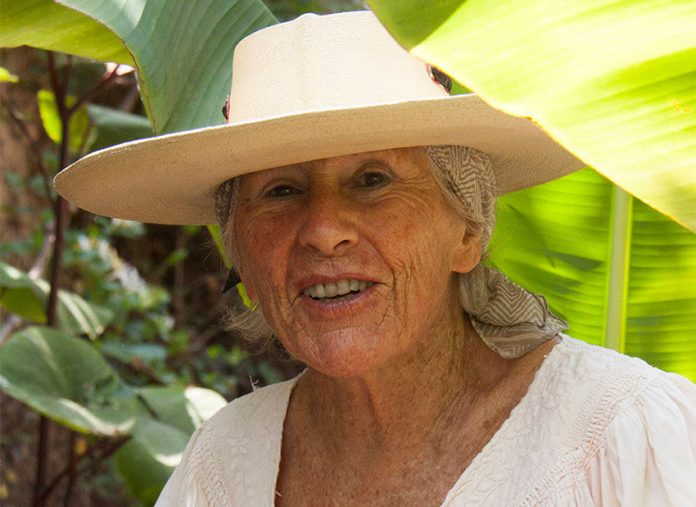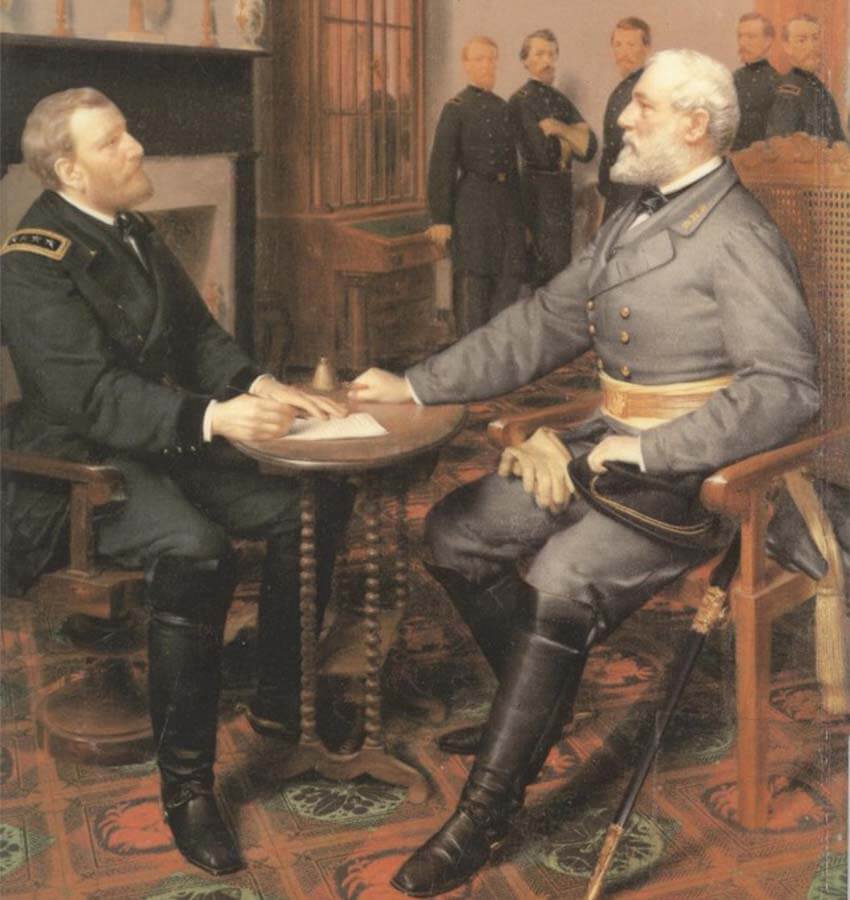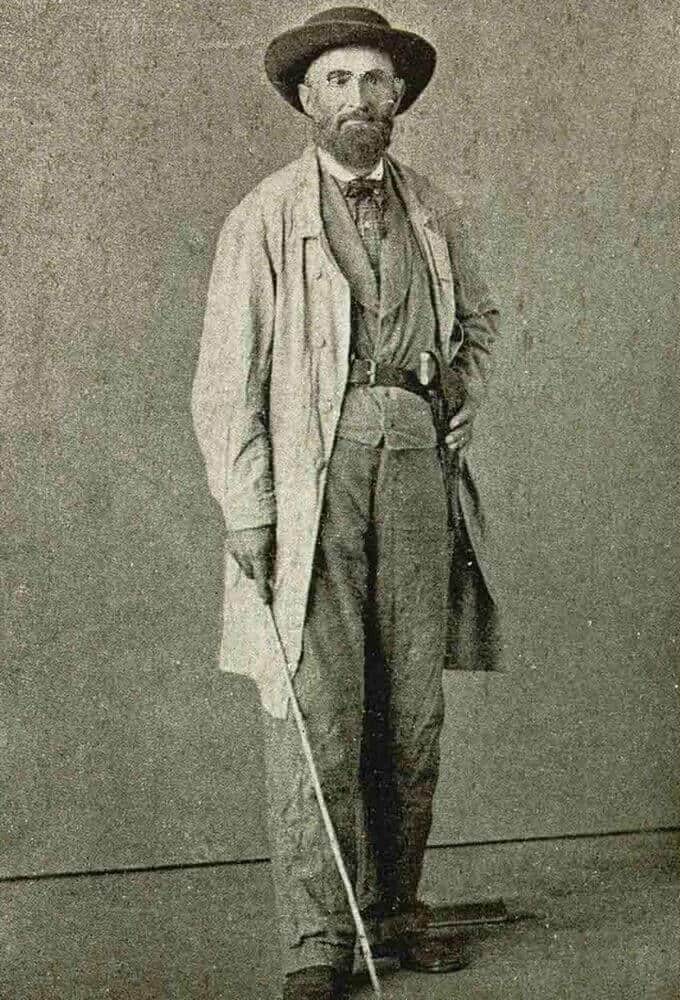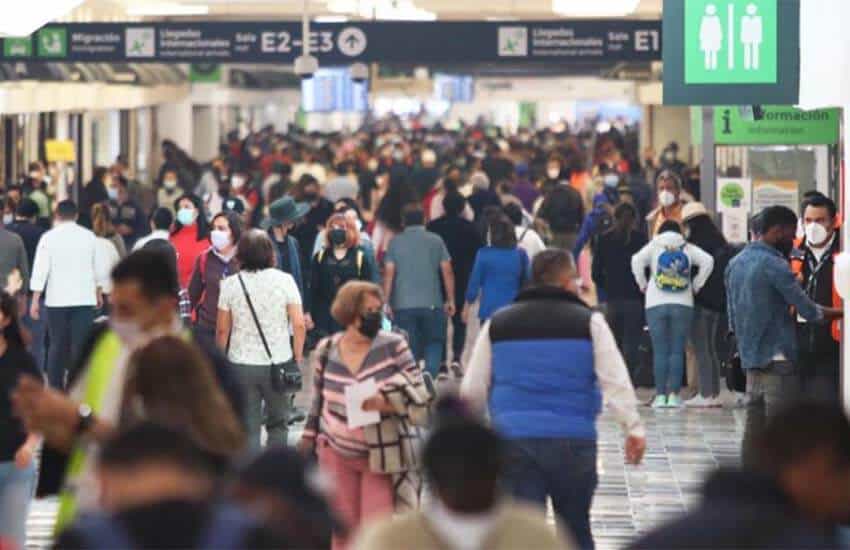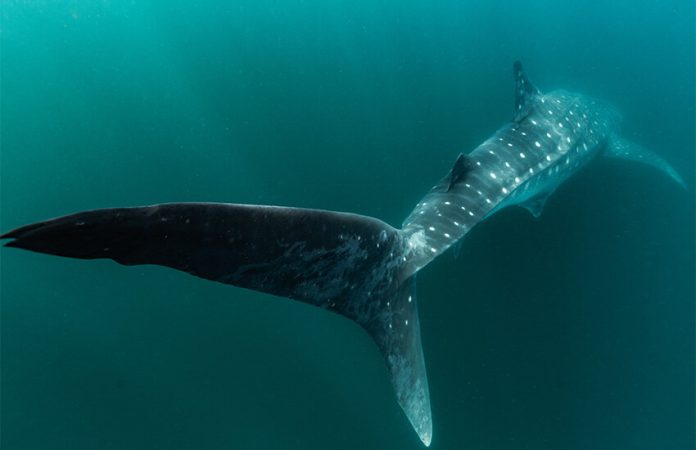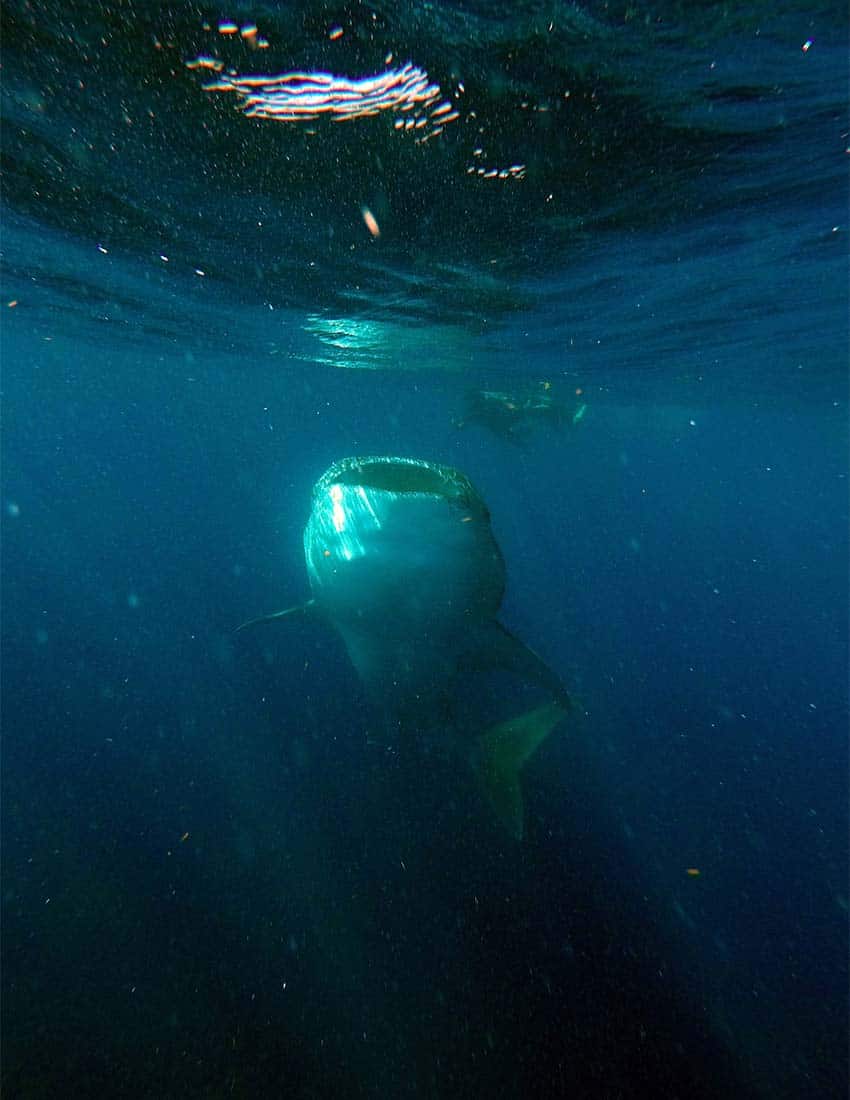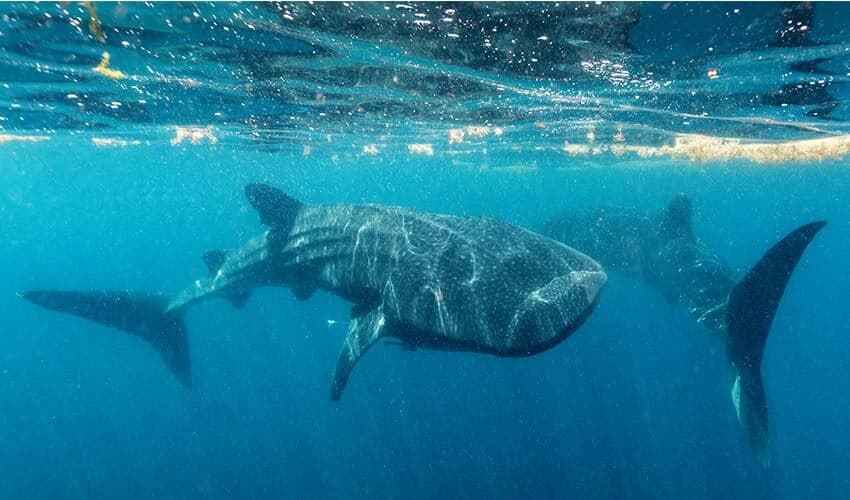Diana Kennedy, a British writer who lived in Mexico for over 50 years and became the foremost authority on Mexican cuisine in the English language, died at her home in Michoacán Sunday at the age of 99.
The cause of death was respiratory failure, according to chef Gabriela Cámara, a friend of the cookbook author, whose 1972 book The Cuisines of Mexico sold some 100,000 copies and was credited with broadening foreigners’ understanding of Mexican food.
The federal Culture Ministry acknowledged Kennedy’s passing in a Twitter post, saying that her life was “dedicated to discovering, compiling and preserving the richness of Mexican cuisine.”
“She chose Zitácuaro to build her country house, la Quinta Diana, an example of sustainability and conservation of nature and biodiversity,” the ministry added.
“She toured all the markets of Mexico in search of ingredients and processes to recreate the flavors of [Mexican] cooks, who she always acknowledged and gave credit to for their creations. We’re left with the invaluable legacy of her books, an inspiration and guide for everyone.”
Born in Essex, England, in 1923, to a salesman father and a school teacher mother, Kennedy, née Southwood, moved to Mexico from Canada in the late 1950s after meeting Paul Kennedy, a Mexico City-based New York Times correspondent, in Haiti.
“I arrived to Veracruz in 1957 with 500 dollars and half a marriage proposal,” she told the Reforma newspaper in 2019.
The couple married in Mexico and spent the next nine years living in the capital, where Kennedy developed a fascination with the traditional cuisine of her adopted country and its vibrant, colorful markets where the myriad required ingredients are sourced.

While her husband was reporting on coups and uprisings in Central America, Kennedy drove thousands of miles to remote Mexican villages to collect recipes, the BBC reported.
“I’m not an academic, I’m a cook and adventurer. Mexicans are very generous, they’ve allowed me to travel around this country … in my truck. I’ve lived marvelous adventures because of the people who have welcomed me into their kitchens,” she told Reforma in 2016.
In a 2003 interview with The Guardian, Kennedy said she pestered Mexican friends for the recipes of the flavorsome dishes they served.
“They’d laugh and send me to talk to their maids. The maids would say, ‘You have to visit my village’, and that’s how I started driving all over the country tracking down recipes,” she said.
After Paul Kennedy became ill with cancer, the couple moved to New York, where he died in 1967. She remained in New York, where she began offering Mexican cooking classes, but frequently traveled south to continue her culinary adventures in Mexico. Kennedy was still residing in the U.S. when The Cuisines of Mexico – described by the BBC as “the tome of reference for Mexican cooking”– was published in 1972, but she returned to Mexico to live on a permanent basis in the mid 1970s and later began building her adobe house in Michoacán.
Her property in Zitácuaro, where she grew many of the ingredients she used in her dishes, became the Diana Kennedy Center for the preservation of Mexico’s cuisines. During her long life, Kennedy wrote nine English language books, including The Tortilla Book, Recipes from the Regional Cooks of Mexico, The Art of Mexican Cooking, My Mexico and Oaxaca Al Gusto: An Infinite Gastronomy. They include over 1,100 painstakingly-sourced recipes.
“The regional dishes of Sonora, or Jalisco, have practically nothing in common with those of Yucatán and Campeche; neither have those of Nuevo León with those of Chiapas and Michoacán,” the author – a champion of Mexico’s culinary diversity – wrote in The Cuisines of Mexico.
In 1981, the federal government honored her dedication to the promotion of Mexican cuisine by awarding her the Mexican Order of the Aztec Eagle, the highest award for foreigners. Twenty-one years later Prince Charles visited Kennedy’s Michoacán property to appoint her an MBE for “furthering cultural relations between the UK and Mexico.”
She served the crown prince tequila aperitifs, tortillas, cream of squash blossom soup, pork loin baked in banana leaves and mango sorbet, according to a Reuters report.
More recently, a documentary – Diana Kennedy: Nothing Fancy – explored the life and passions of the woman who has been described as “the rock star of Mexican cooking” and who continued her insatiable quest to obtain yet more traditional recipes into her 90s.
“She did something that nobody else had done,” said Cristina Potters, an American-born, Michoacán-based food writer who was a friend of Kennedy. “I admire her a lot for her achievements,” Potters – who publishes the popular Mexico Cooks! blog – told the newspaper El Universal.
In Nothing Fancy, prominent Spanish-American chef José Andres described Kennedy as “an Indiana Jones of food, trying to search for that diamond that is somewhere there in the mountains of Mexico.”
“And she will not stop until she … [finds] it,” he added.
With reports from El Norte, El País, El Universal and BBC
